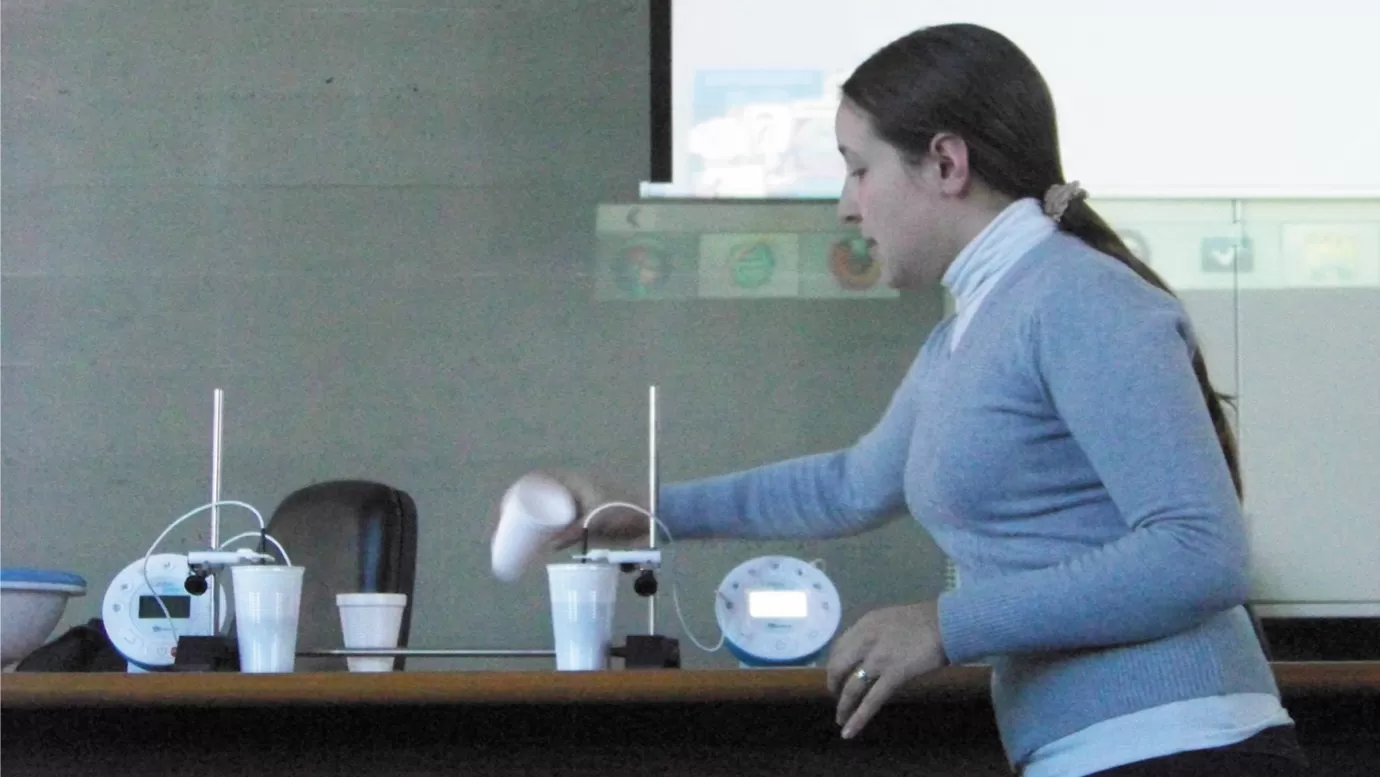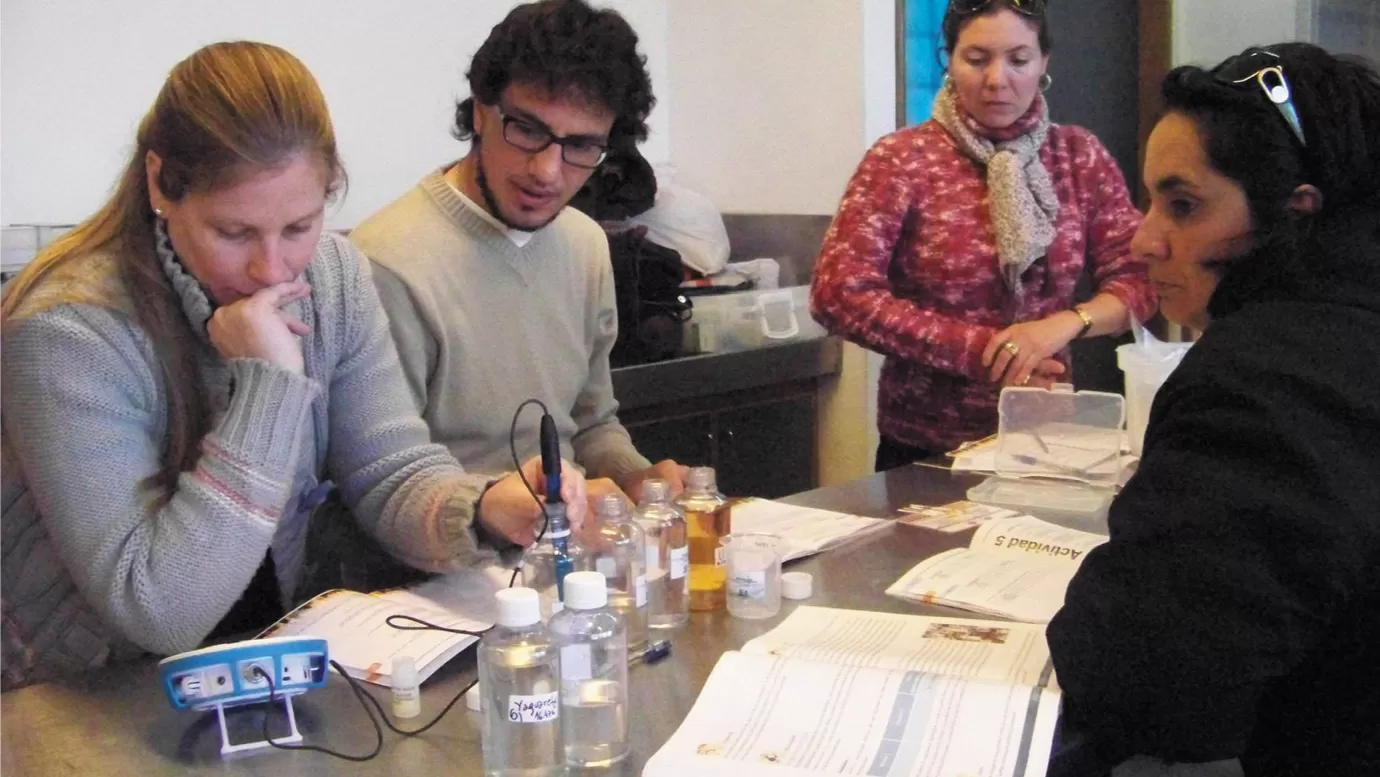Plan Ceiba, Uruguay
Labdisc innovation and quality promote “Plan Ceibal” core values
Inspired by the Negroponte One Laptop Per Child program (OLPC), the internationally award-winning Plan Ceibal is a Uruguayan initiative to distribute technology and promote knowledge in the public education system. The project seeks to decrease the technology gap between Uruguayans, Uruguay, and the rest of the world by improving access to technology and the quality of collaborative education. Plan Ceibal has also enhanced teacher training, backed up by extensive monitoring and evaluation models throughout every Ceibal Center.
Installation Snapshot:
Labdisc Portable STEM Lab
The challenge
As part of the prestigious Plan Ceibal, the project leaders also looked to improve science education from elementary school right through to university. A solution was required that could offer more sophisticated science functionality while still being intuitive and robust enough for very young students.
Students were given complete ownership of the project, using their own initiative to resolve every challenge and setback that arose. They were really excited, knowing they would make valuable scientific discoveries and perform an experiment none of their teachers had ever carried out before.
Finding the right solution
Following a call for equipment and a thorough review of the available solutions, the Labdisc was selected. Magela Fuzatti, Head of Digital Laboratories, explained why the Labdisc was a clear first choice. “The quality and durable nature of the Labdisc, together with the number of built-in sensors, make the product very convenient to use—even for primary schools, where small children can easily perform hands-on experiments without the risk of breakage.”
The Labdisc has been implemented in every Plan Ceibal center from K–12 schools to universities across Uruguay’s cities and countryside in farm and agricultural education projects. Together with the Plan Ceibal Labbox, the Labdisc delivers 21st-century mobile science learning. In order to demonstrate measurable value, every center has presented a series of class-based and field projects showing how they use the Labdisc and built-in sensors in biology, chemistry, physics, math, geography, and environmental science experiments
The application
The range of Labdisc projects is as varied and interesting as it is far-reaching: incorporating rural schools where organic orchards are monitored, Agrarian Technical Schools where climate change impact on crops are studied, and unique summer projects where learning continues after school at the beach. Here, students measure water quality, pH, temperature, and light—with all data referenced to the built-in GPS sensor. Students research why the temperature is different inside and outside the water or explore the issues surrounding pollution by testing pH, temperature, and water quality in rivers and lakes across Uruguay.
Promoting Plan Ceibal core goals
The Labdisc has helped us integrate the highest standard of technological and scientific knowledge into K–12 education. This easy-to-use tool can reach students of all ages and abilities, promoting equal access to quality science education—a core premise of Plan Ceibal.


Opening the door to different science sceneries
Expanding the time and location limitations of the school lab, the Labdisc makes mobile experiments possible, allowing teachers to create new learning opportunities in any location. For example, a biology class can explore science concepts in the park or by a lake, and teachers can even extend learning beyond the traditional school timetable.
Collaborative learning
Our students present their results at national science fairs. All the participating Plan Ceibal centers take this opportunity for research collaboration, sharing their results from environmental studies performed across the country.
Integration with additional subjects
Based on the Labdisc’s early success, we’re already integrating the product with other projects like robotics—where temperature and GPS references are measured by a moving robot in different locations.
Enjoyed by teachers and students
The Labdisc has received a very positive response from teachers and students who have quickly integrated it into everyday learning and practical hands-on experimentation. On a national level, we’re seeing many imaginative projects come flooding in that integrate the Labdisc and its full range of built-in sensors.


